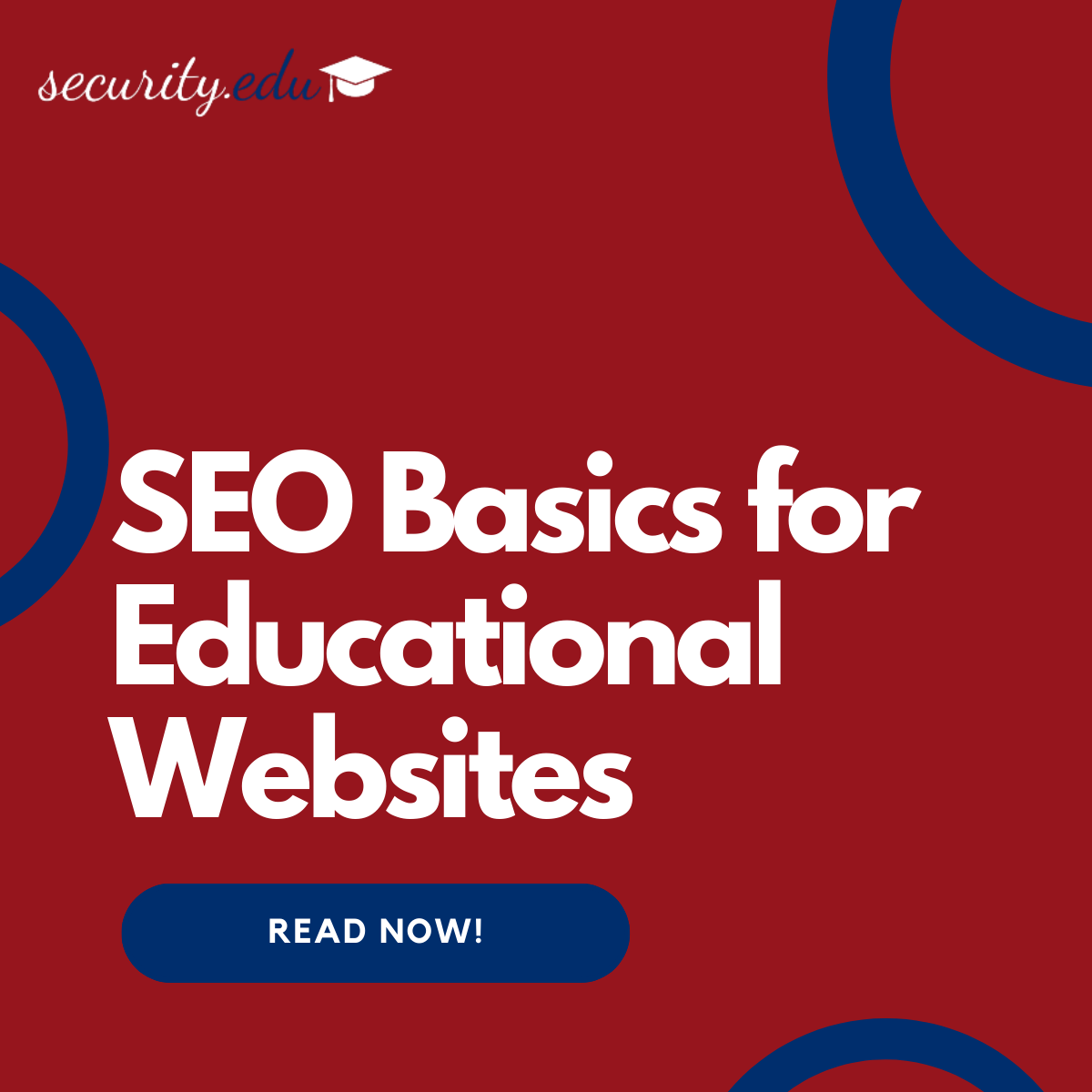In the digital age, the visibility of educational institutions online is paramount. Search Engine Optimization (SEO) serves as the foundation for increasing this visibility, ensuring that the wealth of knowledge, programs, and achievements these institutions offer is accessible to a global audience. This guide introduces the basics of SEO tailored specifically for educational websites, outlining strategies to optimize content, improve user experience, and ultimately drive more traffic to their sites.
Understanding SEO in Education
What is SEO?: SEO involves optimizing a website to rank higher in search engine results pages (SERPs) for specific keywords and phrases. This is crucial for educational institutions aiming to attract prospective students, faculty, and research partners.
Why It Matters: For educational systems, a robust SEO strategy can dramatically increase the institution’s visibility, not just to potential students but also to researchers and academic collaborators worldwide. It ensures that valuable educational content reaches a broader audience, facilitating knowledge sharing and academic progress.
Key SEO Strategies for Educational Websites
- Keyword Research:
- Identifying Your Audience: Understand the search behavior of your target audience—students, parents, academic researchers—and tailor your keyword strategy accordingly.
- Tools and Techniques: Utilize SEO tools like Google Keyword Planner and SEMrush to find relevant keywords that match your programs and content.
- Quality Content Creation:
- Educational Value: Produce high-quality, informative content that addresses the needs and questions of your audience. This includes course descriptions, research summaries, and educational resources.
- Consistency and Freshness: Regularly update your site with new content to keep it relevant and engaging for visitors and search engines alike.
- On-Page Optimization:
- Title Tags and Meta Descriptions: Craft descriptive, keyword-rich titles and descriptions for each page to improve visibility in search results.
- Headings and Content Structure: Use headings (H1, H2, etc.) to structure your content, making it easier for search engines to understand and index your pages.
- Technical SEO:
- Mobile-Friendliness: Ensure your website is responsive and accessible on all devices, as mobile-friendliness is a key ranking factor.
- Site Speed: Optimize website loading times to improve user experience and support SEO efforts.
- Secure and Accessible Website: Implement HTTPS and ensure your site is easily crawlable by search engine bots.
- Backlink Strategy:
- Building Authority: Secure backlinks from reputable sites within the academic and educational community to boost your site’s authority and search rankings.
- Quality over Quantity: Focus on obtaining high-quality links rather than pursuing a large number of low-quality links.
Conclusion
For educational institutions, an effective SEO strategy is not just about improving search rankings; it’s about enhancing the reach and impact of their educational content and programs. By focusing on the fundamentals of SEO—keyword research, quality content, on-page optimization, technical SEO, and a solid backlink strategy—educational websites can significantly improve their visibility and engagement with their intended audiences. As the digital landscape evolves, staying informed and adapting to new SEO practices will be crucial for continuing to advance the institution’s online presence and educational mission.
Next in This Series
Building Authority Through Quality Content: Dive deeper into creating content that not only attracts visitors but also establishes your institution as a leading authority in education.

